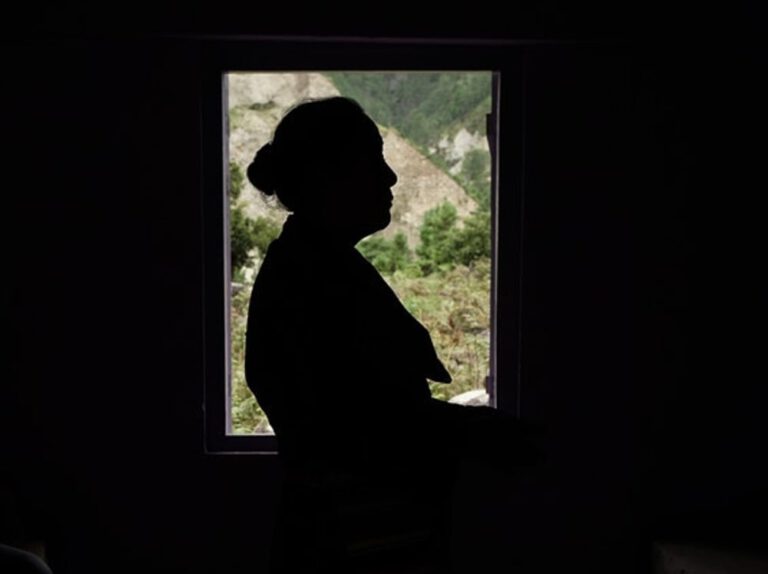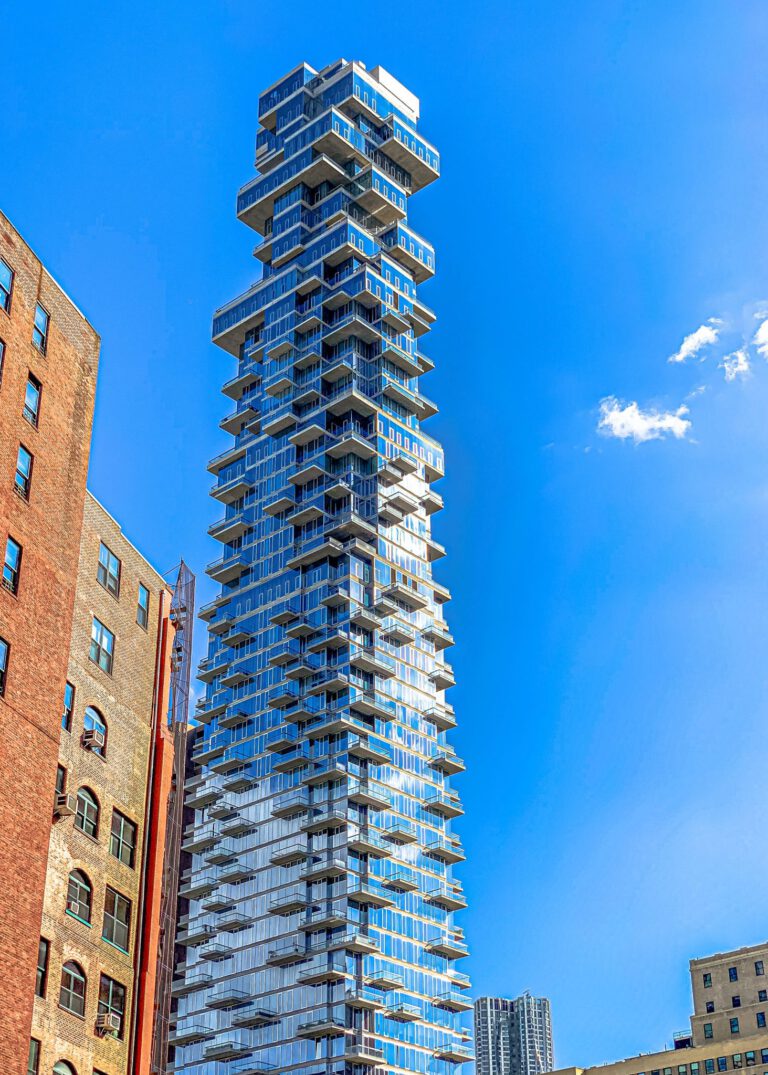Evacuation and Construction – A Comprehensive Guide to Executing a Deal
Understanding the Urban Renewal Project: “Demolition and Reconstruction”
If you live in an older neighborhood and are interested in participating in a demolition and reconstruction project, you should be aware that this process is long and demanding. However, the economic benefits are typically significant, as well as the substantial improvement in quality of life.
The purpose of this article is to assist property owners in neighborhoods where the possibility of initiating demolition and reconstruction projects is being considered.
Background
The Israeli government first approved the “Demolition and Reconstruction” plan as an official policy of the Ministry of Construction and Housing in 1998. This decision was based on the demolition of existing residential buildings by developers, who are committed to providing the residents with new apartments in newly constructed buildings on the declared land. According to the decision, the declaration is valid for a period of six years.
In 2002, an amendment was made to the Planning and Building Law (1965), adding Section 33A, which grants the government the authority to declare a specific urban area as a demolition and reconstruction zone. This means that all existing buildings in the area will be demolished to make way for new construction, with significantly enhanced building rights that can increase by hundreds of percent compared to the existing situation. The new construction will be vertical, leaving more space for green areas.
Unlike TAMA 38, which deals with individual buildings, the “Demolition and Reconstruction” project addresses entire neighborhoods, streets, or sections of streets. Typically, areas designated as demolition and reconstruction zones are those with few residents, outdated infrastructure, and deteriorating buildings, or neighborhoods with socio-economic issues.
The main objectives of declaring an area as a demolition and reconstruction zone are to improve the city’s appearance and image, or as it is currently known, “urban renewal.” Another goal is to use urban land more efficiently and, theoretically, to reduce housing prices. Additionally, municipal authorities and residents benefit from new public spaces such as public buildings, parking, and improved traffic flow.
Understanding “Reconstruction and Demolition” Projects
It is important to note that there are also projects referred to as “Reconstruction and Demolition.” So, what is the difference?
In a demolition and reconstruction plan, residents have two options for relocation: the first is to move to rental apartments in a nearby area until their new apartments are ready; the second is “Reconstruction and Demolition”—a method requiring the authorities’ approval, where the developer first constructs a new building near the buildings slated for demolition. Once the new building is completed, residents move into it from the building designated for demolition. After the old building is vacated, it is demolished by the developer and rebuilt. This newly constructed building will be occupied by residents from the next building scheduled for demolition, and so on.
What Are the Benefits?
Firstly, residents receive a new and more spacious apartment with a higher value than the old one. In some cases, monetary compensation might be offered instead of a new apartment, depending on negotiations with the developer regarding the amount of compensation.
Improved quality of life due to urban development in the residential area, such as public parks, various facilities, shopping centers, and more.
Living in a safer apartment with a secure room (protected room) and a modern building resistant to earthquakes and other natural hazards.
Tax benefits (purchase tax and capital gains tax) for those relocating, stipulating that if a property owner in the demolition and reconstruction project has another property, only one apartment will be eligible for the tax benefits specified by law.
What Are the Risks?
One of the most significant risks is the halting of construction at various stages due to reasons such as the developer’s liquidity issues, bankruptcy, failure to sell new apartments at the desired price, and so on. This situation could leave displaced residents without ownership of their new apartments.
How to Protect Yourself?
Residents can safeguard themselves from these risks by obtaining guarantees and securities from the developer.
What Does the Developer Gain?
The developer does not pay for the land and, for each apartment in the old area, receives building rights to construct additional apartments for sale on the open market.
Additionally, the developer benefits from tax reductions and exemptions.
It is important to note that the feasibility of a demolition and reconstruction project for the developer increases as the building rights for additional apartments compared to the number of existing apartments are higher, and as the average apartment prices in the area are higher.
Execution Phase
Residents of the neighborhood, street, etc., will receive notification that they live in an area declared as a “Demolition and Reconstruction Zone.” At this stage, residents can either organize themselves and approach the developer or an experienced developer may recognize the potential of a specific area and approach the residents directly.
Prerequisites for Project Establishment
1) Written agreement from 80% of property owners (there is a planned reduction of the required percentage to 66%).
2) A space that allows for parking according to regulations and approval for the construction of high-rise buildings with a construction volume at least three times the volume of the existing apartments in the area.
3) Recognition by the authorities of the area as a “Demolition and Reconstruction Zone.”
4) Financial preparation by the developer considering the large scale of expenses.
What If Not All Residents Agree to Sign the Agreement?
Many demolition and reconstruction projects encounter a majority supporting the project while a minority refuses to cooperate. Sometimes, these refusals from the minority can lead to the cancellation or significant delay of the project.
Reasons for opposition may include elderly residents fearing changes at their age; physically limited residents concerned that the new arrangements will not meet their needs; skeptics or those acting from economic motives trying to negotiate better terms than other residents.
In 2018, the Demolition and Reconstruction Law (Encouragement of Demolition and Reconstruction Projects) was amended to address difficulties with reluctant residents in multi-unit buildings.
For example, a solution was found for a resident refusing to relocate, particularly for elderly residents. According to the law, the elderly can choose from options such as moving to a nursing home with additional balance payments equivalent to the value of the replacement apartment, purchasing an alternative apartment nearby with a similar value, receiving a monetary sum equivalent to the value of the replacement apartment, receiving two smaller apartments whose total value is equivalent to the replacement apartment, or a smaller replacement apartment plus balance payments.
According to the law, residents who unreasonably refuse will bear the responsibility for damages caused to other residents due to project delays or cancellations as stipulated by law.
What Constitutes a Reasonable Refusal?
A reasonable refusal is one that demonstrates economic infeasibility for the refusing resident, failure to provide suitable alternative housing, particularly for those with disabilities during construction, failure to provide appropriate securities, and special personal circumstances.
Organizing Phase
Before initiating the process, it is advisable for building residents to gather and elect representatives who will advance and oversee the process on their behalf. At this stage, it is also wise to define the powers of the representatives.
It is easier for the developer to negotiate with a single entity representing the majority of residents rather than with each property owner individually. Additionally, residents will generally have more negotiating power if they come united as a single body and can often secure better terms in the agreement.
Subsequently, it is recommended to choose a real estate lawyer to guide the process and represent the residents, who should be different from the lawyer representing the developer.
Gathering Planning Information
After selecting representatives, it is important to get the municipality’s stance on the proposed project and understand the planning status of the building and area. This information is usually available from the municipal engineer responsible for the matter.
Before Signing the Demolition and Reconstruction Agreement
Before signing the agreement, it is advisable not to sign various documents that legally restrict the rights of the residents. Instead, it is possible to sign a letter of intent or a temporary document to facilitate the project’s advancement. This document indicates that the residents are conceptually willing to participate in the demolition and reconstruction project, subject to further agreement on compensation and formalizing it in the contract. It is also recommended to include a specific condition that the agreement is subject to approval of the developer’s identity and verification of compensation and other terms.
Choosing a Developer
It is important to use recommendations, professional information from the internet, and so on. Additionally, obtain several proposals from different developers and contractors and assess their performance based on past projects.
Before selecting a developer for the project, it is advisable to hold a residents’ meeting with the representatives and the chosen real estate lawyer to examine proposals from developers and negotiate with them. It is recommended to conduct a financial stability check on each developer and assess the project’s economic feasibility to ensure the developer can obtain the necessary approvals from the relevant authorities.
Signing Contracts
The contract is signed between the developer and the property owners (residents).
The agreement should specify deadlines for completing various stages and actions during the project, such as: approval of the detailed plan (TAMA), government declaration of the area as a demolition and reconstruction zone, signing by all residents, issuance of a building permit, commencement of construction, completion of construction, registration of the joint property, etc.
It is also recommended to establish a mechanism allowing for the cancellation of the agreement and/or compensation if a specific action is not completed within the agreed timeframe, as well as to specify the conditions required for cancellation, such as a specific majority of residents.
Typically, agreements of this nature stipulate that if the government does not declare the area as a demolition and reconstruction zone or if approval for plans and permits is not granted by the planning and building committees, the agreement will not come into effect. That is, if these conditions are not met within the predetermined timeframe, the agreement may lapse. Generally, the conditions include:
A. Signature of all residents on the agreement, including following legal action against a reluctant resident.
B. Government declaration granting tax exemptions.
C. Approval of the detailed plan (TAMA).
Additionally, it is recommended to ensure that the agreement allows residents the option to cancel in certain cases, such as a significant discrepancy between the project’s promises and what is actually delivered or if the developer does not meet its obligations.
The agreement should be signed in the presence of a notary or legal advisor specializing in such agreements, and it is advisable to retain a copy of all documents.
Conclusion
Demtion and reconstruction projects are a significant opportunity to rejuvenate old neighborhoods and improve the living conditions of residents. However, they require careful consideration and negotiation to ensure that all parties’ interests are well-protected. By understanding the process, risks, and benefits, oliresidents can make informed decisions and work effectively with developers to achieve successful outcomes.








